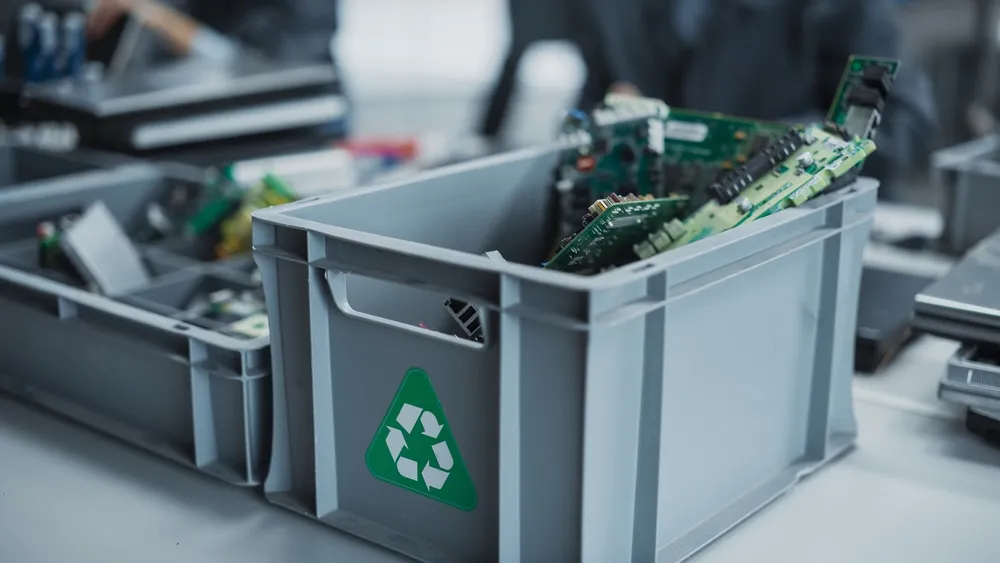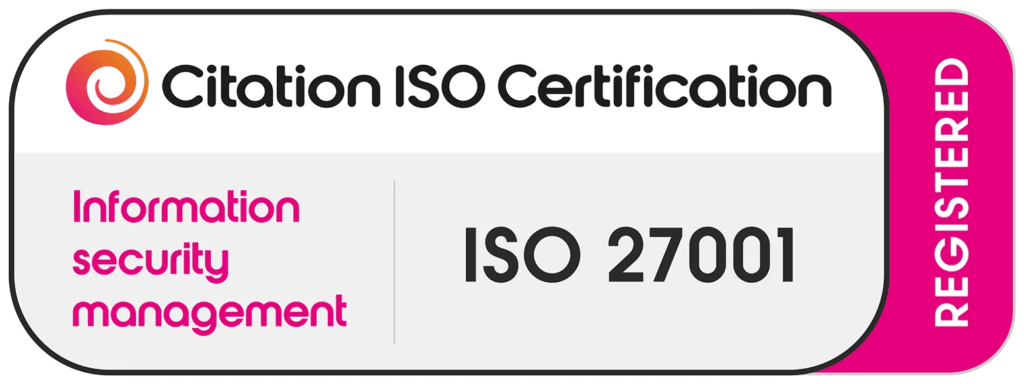Introduction to Computer Waste IT Recycling
Computer Waste IT Recycling As technology evolves, so does the volume of obsolete IT equipment. Computer waste recycling is more than just a trend; it’s a legal and ethical responsibility. Discarded computers contain sensitive data and materials that pose environmental risks if not disposed of properly. This is where IT recycling services become essential.
Government regulations like the General Data Protection Regulation (GDPR) and Waste Electrical and Electronic Equipment (WEEE) directive ensure that businesses handle electronic waste responsibly. These frameworks safeguard both the environment and personal data, pushing organizations to adopt sustainable IT disposal and e-waste compliance practices.
Understanding GDPR and Its Implications
The GDPR governs how businesses manage and protect personal data, especially during IT asset disposal. One of its key principles is accountability, meaning organizations must not only protect personal data but also prove they’ve done so.
In the realm of computer waste recycling, GDPR compliance hinges on ensuring secure data destruction. Failing to do so can result in significant penalties. It’s not just about deleting files; it’s about preventing any chance of data recovery.
Overview of WEEE Regulations
The WEEE regulations aim to reduce the environmental impact of discarded electronics. They categorize e-waste and assign responsibilities to manufacturers, recyclers, and consumers.
A WEEE-compliant IT asset disposal method includes correct segregation, labelling, and reporting of e-waste. Producers must also ensure that recycling partners use authorized treatment facilities and that all waste is documented and reported.
Importance of Compliance in IT Recycling
Compliance with GDPR and WEEE regulations isn’t optional. Legal penalties can reach millions of euros, not to mention the damage to brand reputation.
Beyond legal concerns, there’s a corporate social responsibility to protect the planet. Compliant electronic waste management helps reduce landfill waste and toxic emissions while reinforcing public trust in your organization.
Steps to Ensure GDPR Compliance in IT Recycling
Achieving GDPR-compliant recycling begins with
- Data inventory and classification: Know what kind of data exists on your IT assets.
- Secure data destruction methods: Use certified wiping, degaussing, or shredding.
- Documentation and audit trails: Record every step, from pickup to destruction, ensuring traceability.
These steps also support data protection in recycling, strengthening your compliance framework.
Implementing WEEE-Compliant Recycling Practices
To align with WEEE regulations, organizations must follow best practices in:
- Proper collection and storage of old IT assets
- Using authorized treatment facilities
- Maintaining accurate records for regulatory reporting
Regular checks and audits help reinforce sustainable IT disposal practices that meet legal expectations.
Choosing the Right IT Recycling Partner
A crucial aspect of compliance is selecting a certified IT recycling partner. Look for recyclers with:
- ISO certifications and WEEE authorizations
- Transparent service level agreements (SLAs)
- Positive client reviews and regulatory history
A dependable partner ensures safe handling and secure IT asset disposal throughout the process.
Secure Data Destruction Techniques
Best practices for secure data destruction in recycling include:
- Physical destruction: Crushing or shredding hard drives
- Data wiping: Overwriting software that renders data irretrievable
- Degaussing: Using magnetic fields to scramble data
Always request verification and certification to prove compliance.
Logistics and Chain of Custody in IT Recycling
The logistics and chain of custody process should include:
- Tracking systems to monitor asset movement
- Transportation security to prevent theft or tampering
- Documented custody transfers to establish accountability
These steps uphold the integrity of computer waste recycling.
Employee Training and Awareness
Your staff plays a key role in e-waste compliance. Implement:
- Mandatory training programs
- Regular policy reviews
- Strong policy enforcement
An informed team is your first line of defense against compliance breaches.
Auditing and Monitoring Recycling Processes
Regular checks ensure everything runs smoothly. Perform:
- Internal audits
- Third-party assessments
- Implement continuous improvement strategies
Audits help identify gaps and reinforce adherence to GDPR and WEEE regulations.
Case Studies of Successful Compliance
Several firms have achieved stellar results:
- A London-based bank implemented secure data destruction and reduced data breach risks by 90%.
- A tech firm in Manchester partnered with a WEEE-compliant recycler, cutting disposal costs by 40%.
These cases show how strategic planning leads to compliant IT recycling success.
Challenges in Achieving Compliance
Common hurdles include:
- Lack of awareness
- High implementation costs
- Inconsistent partner quality
Overcoming these requires education, investment, and choosing the right vendors for IT recycling services.
Technological Innovations in IT Recycling
Innovation is changing the game with:
- AI for tracking assets
- Automation in sorting and shredding
- Eco-friendly methods for material recovery
These advances make electronic waste management more efficient and sustainable.
Environmental and Economic Benefits
Compliant computer waste recycling delivers:
| Benefit | Details |
| Less landfill waste | Old electronics are reused or recycled |
| Resource recovery | Metals and plastics are extracted |
| Cost savings | Reduced regulatory fines and optimized asset value |
Businesses not only protect the planet but also their bottom line.
Conclusion and Call to Action
In today’s digital age, responsibly managing IT assets is a necessity, not an option. Computer waste IT recycling aligned with GDPR and WEEE regulations protects your organisation from legal risks, strengthens data security, and promotes sustainability.
Take the first step today. Partner with a certified IT recycling provider, train your team, and implement robust processes. Let’s recycle smarter for our data, our businesses, and our planet.
Frequently Asked Questions (FAQs)
1: What is computer waste recycling?
Computer waste recycling is the process of safely disposing of and reusing old IT equipment in an environmentally friendly and legally compliant manner.
2: How to recycle computers in compliance with GDPR?
Use certified recyclers that offer secure data destruction services, maintain audit trails, and comply with GDPR.
3: What are WEEE-compliant IT asset disposal methods?
These include proper e-waste classification, documentation, and recycling through authorised facilities.
4: Why is data protection in recycling important?
Improper disposal can lead to data breaches, resulting in legal and financial penalties under GDPR.
5: How do I choose a certified IT recycling partner?
Look for certifications, clear service agreements, and a proven track record in e-waste compliance.
6: What are the environmental benefits of compliant IT recycling?
It reduces landfill waste, prevents toxic emissions, and conserves natural resources.



